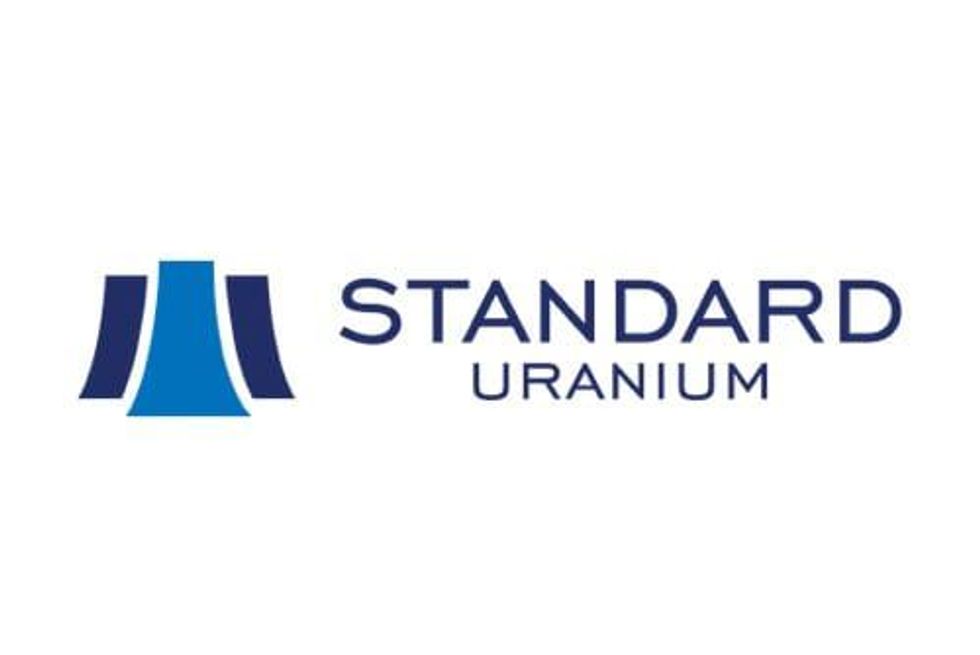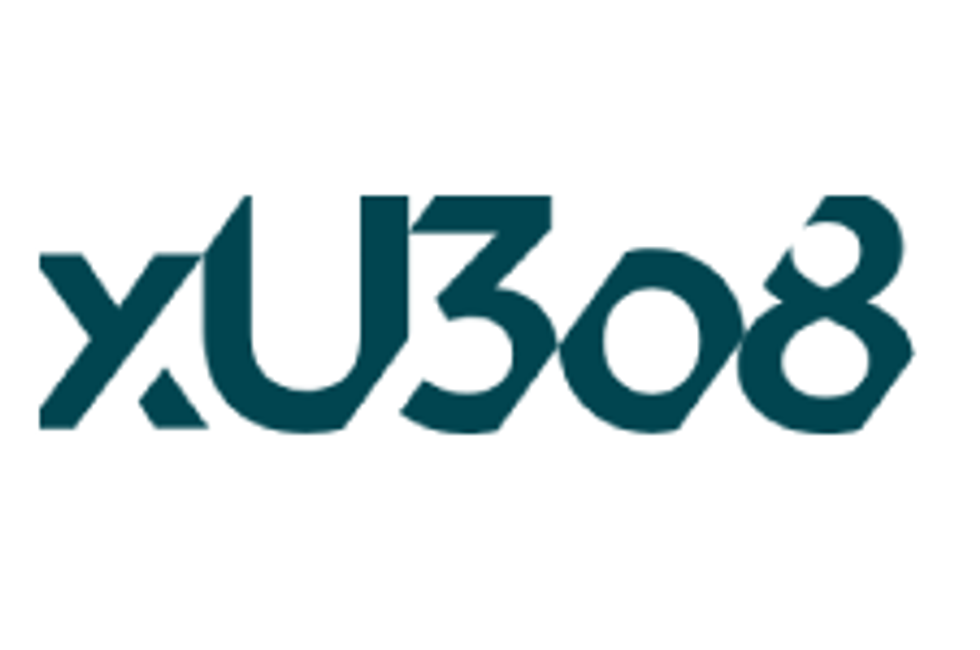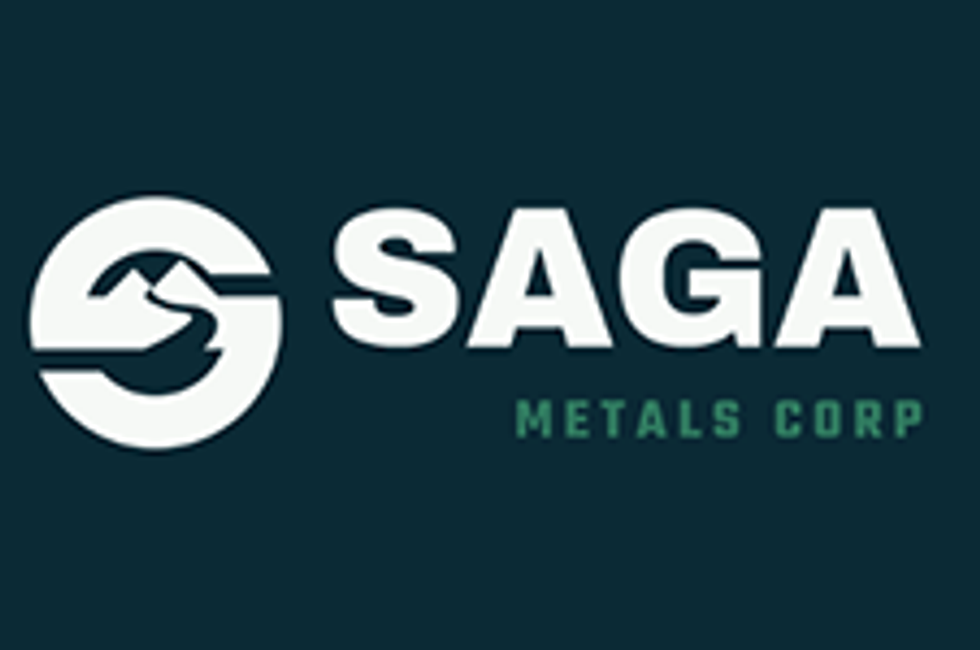China’s Sole Uranium Miner Soars in Market Debut
Top 3 ASX Uranium Stocks of 2025
5 Best-performing Canadian Uranium Stocks of 2025
Overview
Nuclear Fuels Inc. (CSE:NF,OTCQX:NFUNF) is a uranium exploration company advancing early-stage, district-scale In-Situ Recovery (ISR) amenable uranium projects towards production in the United States of America. Leveraging extensive proprietary historical databases and deep industry expertise, Nuclear Fuels is well-positioned in a sector poised for significant and sustained growth on the back of strong government support. Nuclear Fuels has consolidated the Kaycee district under single-company control for the first time since the early 1980s. Currently executing its second drill program at the Kaycee Project, the company aims to expand on historic resources across a 35-mile trend with over 430 miles of mapped roll-fronts defined by 3,800 drill holes. The company’s strategic relationship with enCore Energy Corp., America’s Clean Energy Company™, offers a mutually beneficial “pathway to production,” with enCore owning an ~18 percent equity interest and retaining the right to back-in to 51 percent ownership in the flagship Kaycee Project in Wyoming’s prolific Powder River Basin.
Our industry-leading team is dedicated to building America’s uranium resources and ensuring a reliable domestic fuel supply for nuclear energy—always on, always available. ISR technology allows for non-invasive, environmentally friendly uranium extraction using groundwater and oxygen, combined with a proven ion exchange process, to recover the uranium efficiently and sustainably.
The company’s flagship project, Kaycee, is located in Wyoming’s Powder River Basin, the backbone of the United States’ domestic uranium production. With existing historic resources of nearly 2.5 million pounds (Mlbs) of uranium, the project has the potential to become a large-scale uranium producer. Eighty-nine drill holes were completed in 2023 focused on the Saddle Zone. Phase 2 of the drill program currently underway is focused on the Saddle and Spur Zones. It commenced on April 29, 2024, with an additional 700 permitted drill holes designed to expand the areas drilled in 2023 and define new mineralized zones along trend.Get access to more exclusive Uranium Investing Stock profiles here





